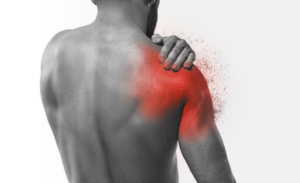
Cannabinoid Therapy for Pain
Pain and inflammation are the body’s physiological responses to tissue injury, infection and genetic changes. These responses can be divided into two phases: acute and chronic. The acute phase is

Pain and inflammation are the body’s physiological responses to tissue injury, infection and genetic changes. These responses can be divided into two phases: acute and chronic. The acute phase is

We’ve seen a significant increase in Delta-8’s popularity over the last year and this could be attributed to its current legal standing at the federal level. However, as it’s gaining

Two in every three Americans believe that cannabis should be legalized at the state and federal levels. If asked, as was done in a recent Pew Research Survey, 68% of

With much thanks to research, we are all becoming more aware of the potential benefits of various cannabinoids for debilitating conditions. Understanding these benefits has brought more individuals to Realm
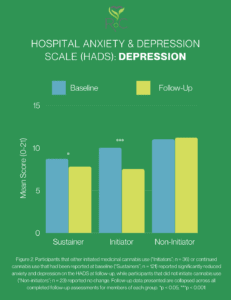
As we head into the final quarter of 2021, we are gearing up to close out this year in a BIG way and we could use your support! If you
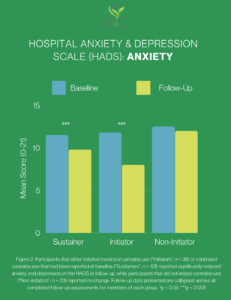
Understanding RoC’s latest published research on cannabinoid therapy and anxiety/depression. Between April 2016 and July 2020, 538 participants were enrolled in an observational research study between Realm of Caring

If you have tried a Δ9-Tetrahydrocannabinol (THC) potent cannabis strain, such as Jack Herer, you may be all too familiar with the munchies. For newbies, the munchies are extreme hunger
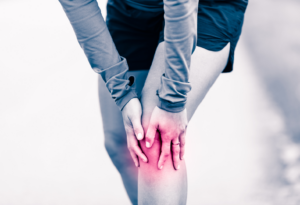
Arthritis is one of the most widespread health conditions in the United States, affecting over 54 million men and women and 300,000 children. Arthritis appears in many forms, with the

As far as phytocannabinoids go, there is a new kid on the block that is gaining attention. This minor phytocannabinoid that has caught the attention of both users and researchers
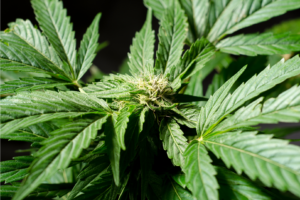
Cannabidiolic acid (CBDA) is one of three cannabinoid precursor compounds converted from Cannabigerolic acid (CBGA). CBGA also converts to the precursor compounds Tetrahydrocannabinolic acid (THCA) and Cannabichromenic acid (CBCA) or
Open the following in new tabs if you:
If you are already a user: Client Login
If you are not, then register: Client Registration
Once Logged in, click below to refresh the page.